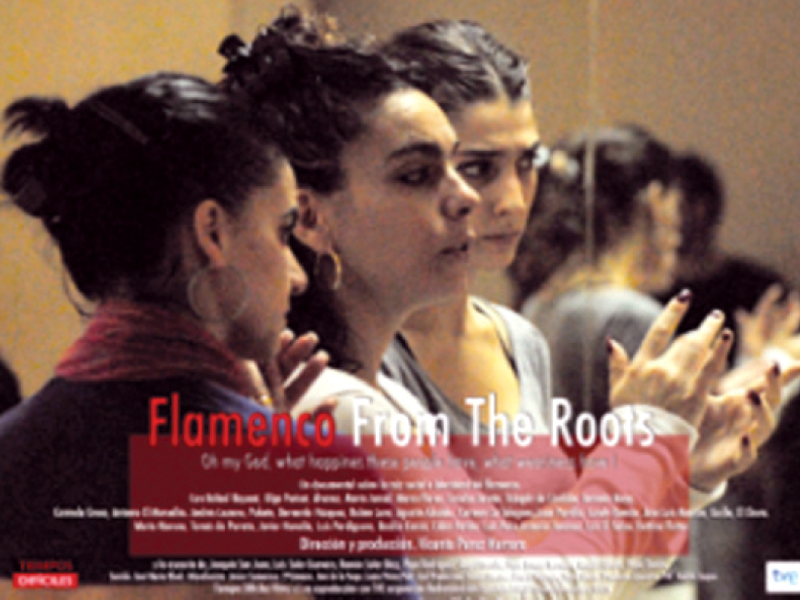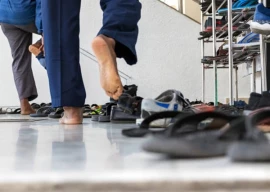
ISLAMABAD:
When grey-haired Alvarez sings, he seems to channel an inner suffering that transcends barriers of language. The voice that leaves his throat is a melodiously haunting cry, filled with pain and passion.
Alvarez, a “cantaor” or singer, is one of the main subjects of the 2011 Spanish documentary “Flamenco de Raiz” (literally “Flamenco from the Roots”), which was screened on day one of the first-ever “Festival of Spanish Cinema in Islamabad” on Thursday.
The documentary by Spanish director Vicente Perez Herrero explores gritty realities of the cultural industry of flamenco — a Spanish folk music-and-dance form that consists of singing, dancing, guitar playing and claps. The film also charts the exploitation and struggles of the artists who try to make a living off flamenco — famous outside Spain for its dance component.

A straw hat perched on his head and deep bags under his eyes, Alvarez, who has bid professional singing farewell and works as a street cleaner in Malaga, with bitterness, recounts his experiences as a child singer and the exploitation he and others like him faced on the streets at the hands of aristocrats patronising flamenco.

Alvarez’s performances in the documentary bring the audience closer to one of two popular settings of a flamenco performance, the juerga, an informal gathering that resembles a jam session. Alvarez is seen singing passionately — his verses almost always dark, his voice sometimes almost wail — with an accompanying guitar player. Subsequent frames show people marvelling at his song.
Throughout the film, the main character is shown to stress one point: that even though he has not quit singing entirely, he would neither return to it professionally nor wish his children to do so.
The other popular setting for the flamenco, the tablao - an establishment where people can go to watch flamenco- is explained through interviews with singers, guitar players, dancers, musicians and experts.
These interviews also establish an anthropological view of the art and the way its culture thrived in Spain in the later half of the 20th century when it took its current form.

The filmmaker juxtaposes the anguish of the now retired artists with the excitement of young people aspiring to learn the art. One scene shows an aging singer, Talegon De Cordoba, talking about memories of not getting paid and police crackdowns on flamenco artists from decades ago while another scene shows young girls from different Spanish-speaking countries, who travelled to Spain to train as flamenco dancers, introducing themselves animatedly.
The role of the aristocracy, which patronised flamenco parties, similar to mehfils in Pakistan, is also scrutinised in the movie.
Prior to the screening, Spanish Ambassador Javier Carbajosa Sanchez, welcomed the guests at the opening ceremony of the festival. “We are delighted to bring the Spanish cinema festival to Islamabad,” he said. “It is part of our efforts to further cultural exchanges with Pakistan and make elements of Spanish culture more accessible to people over here.”
The festival will continue at the PNCA till Sunday, with one film to be shown each day.
Published in The Express Tribune, December 7th, 2013.


































































COMMENTS
Comments are moderated and generally will be posted if they are on-topic and not abusive.
For more information, please see our Comments FAQ